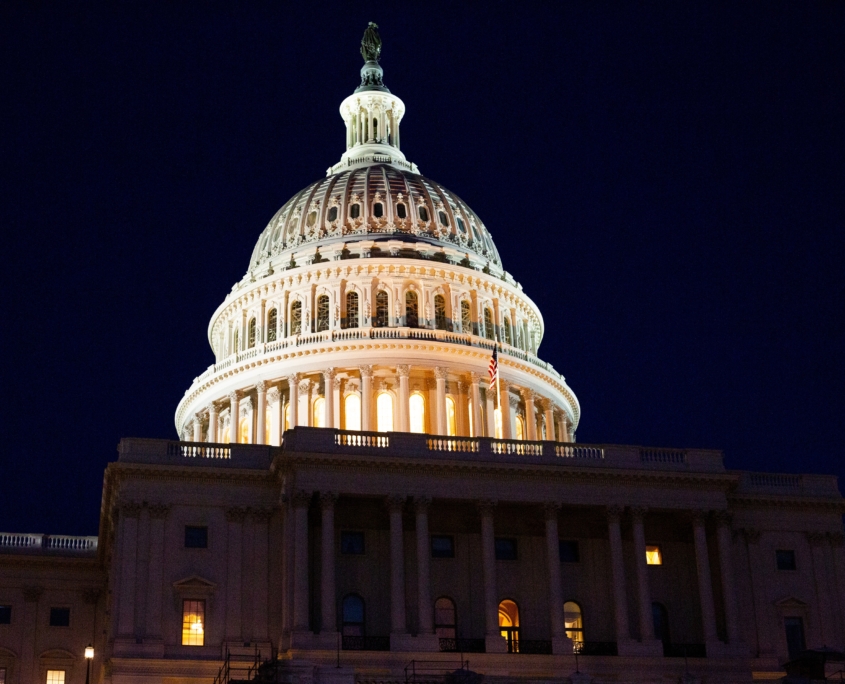More Student Loan Reform?
Busy years for student loan reform
The last couple of years have been flush with student loan reform, seeing some of the most ambitious and robust changes to the program in over a decade. When President Biden was on the campaign trail before his election in 2016, he made it clear that student loans were one of the things at the top of his list. Since then, he’s made student loan reform one of his signature issues, including having forgiven more federal student debt than any previous president.
While some efforts were stymied, the Department of Education has continued to move forward with an ambitious series of opportunities for borrowers, such as the Limited Waiver Opportunity (2022), IDR Account Adjustment (2023), and the new SAVE income-driven repayment (IDR) plan. As Biden’s term wraps up this coming year, it seems like the Dept. of Ed. is similarly slowing down on student loan reform. The negotiated-rulemaking process that has facilitated so many of changes will end before January 2024, but not before it makes a final series of recommendations.
Will we see more reforms to student loans in 2024?
Even though we’ve already seen a variety of student loan reforms over the last two years, we could see more to come in 2024. Negotiators previously outlined key groups on whom they wanted to focus:
- Borrowers whose balances are greater than what they owed upon entering repayment.
- Borrowers whose loans first entered repayment many years ago.
- Borrowers who are eligible for forgiveness under income-driven repayment plans or discharge opportunities such as Public Service Loan Forgiveness but have not yet applied for such relief.
- Borrowers who attended programs or institutions that failed to deliver sufficient financial value.
Existing reforms have already had tremendous impact on these groups:
- The new SAVE IDR plan forgives monthly interest over and above the borrower’s monthly payment.
- Nearly $42 billion forgiven for almost 855,000 eligible borrowers IDR by fixing historical inaccuracies in the count of payments that qualify toward forgiveness.
- Almost $51 billion forgiven for 715,000 public servants through Public Service Loan Forgiveness (PSLF) programs, including the limited PSLF waiver and Temporary Expanded PSLF (TEPSLF).
- $22.5 billion forgiven for more than 1.3 million borrowers who were cheated by their schools, saw their institutions precipitously close, or are covered by related court settlements.
Beyond those identified in these targeted constituencies, the Dept. of Ed. is concerned about the financial impact of student debt on borrowers with financial hardships. To this point, it has not offered “proposed regulatory text related to defining hardship for borrowers, [but] the Department will consider ways to pursue relief for this category of borrowers and has dedicated time to address this issue during the December session.”
Thus far, student loan reforms have generally dealt with particular groups of borrowers: those in the non-profit sector, those who have been in repayment for 10+ years, those defrauded by for-profit colleges, etc. It has not, largely, addressed the issue of the higher education affordability crisis. Hopefully, the question of “hardship” will raise some questions about the ballooning problem of student debt, tuition prices, and the public value of higher education.
If you have Federal Student Loans, schedule your free 15-minute Discovery Session to find out if your loans can be forgiven after 25 years.




